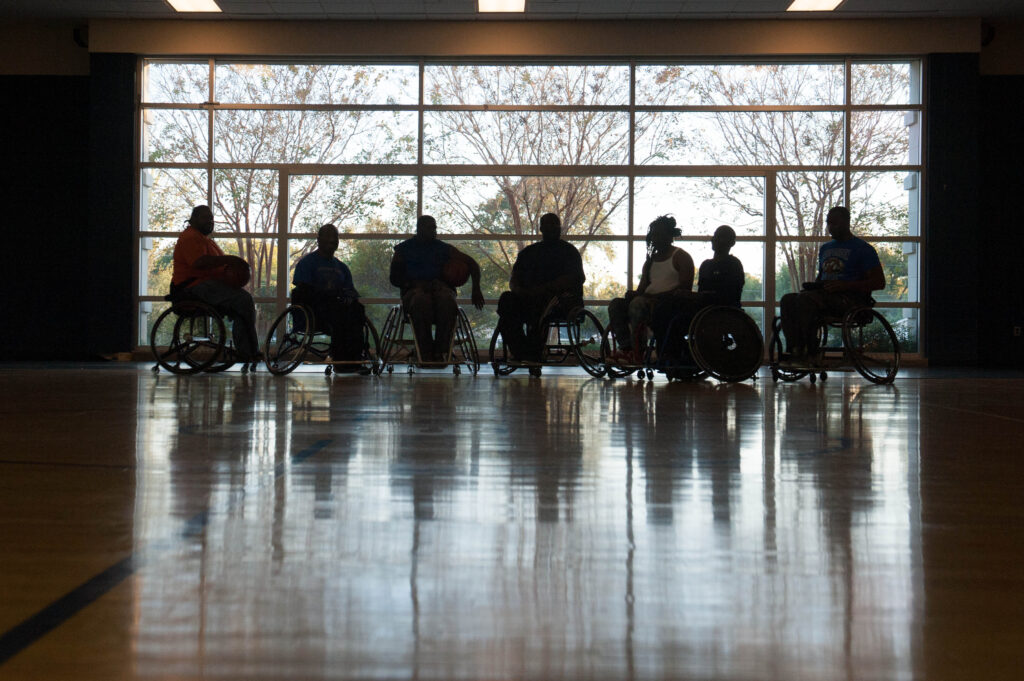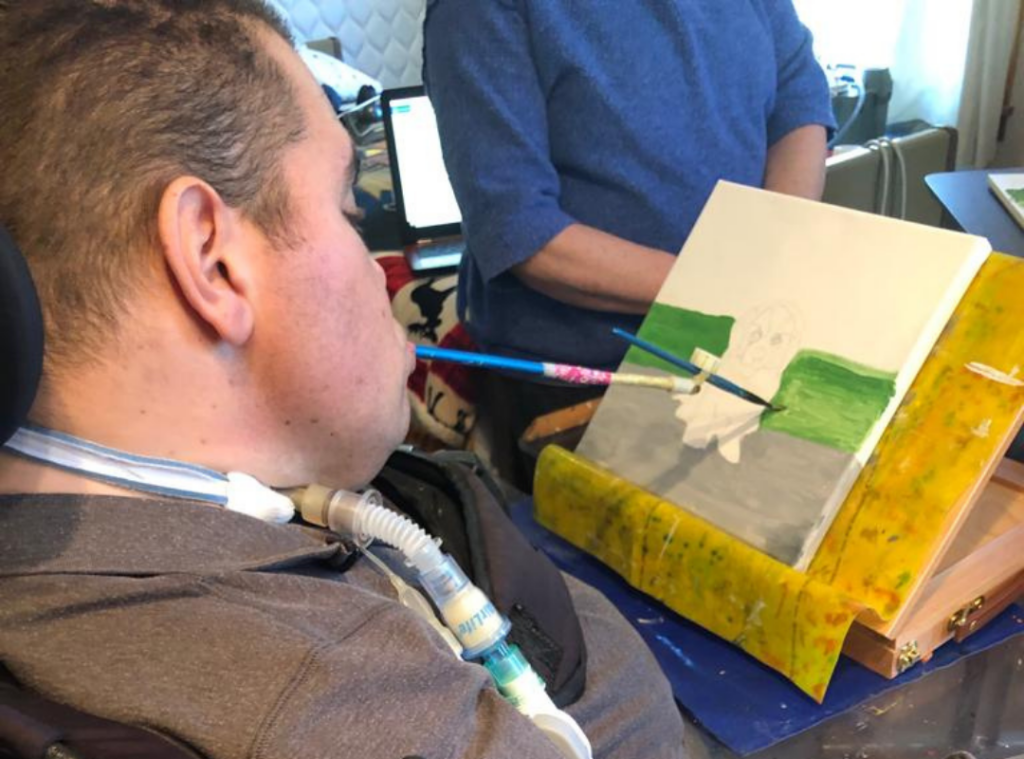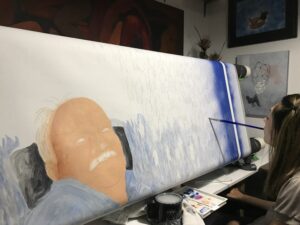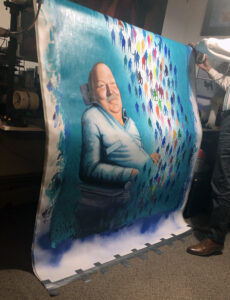
“How are you?” It’s such a simple question, one we ask all the time, often without thinking. When I ask, I really do want to hear how my colleagues, friends, and family are doing. Lately, I’ve caught myself hesitating. That question has felt a lot heavier than it used to. Over the past few months, so much has changed. Scientists face drastically reduced funding after dedicating their careers to improving the lives of those living with spinal cord injury (SCI). Nonprofits are being told to avoid words like accessibility, inclusion, and equity. There are changes in tax laws that could mean a significant reduction in philanthropic giving. And, knowing how the disability community will be impacted if Medicaid and Medicare are next on the chopping block, asking how someone feels can seem like it misses the weight of our current reality.
The Neilsen Foundation has spent more than two decades focused on a vision where individuals with SCI live full and productive lives as active participants in their communities. Our grantee partners have always been bold, leading efforts to reduce barriers to care and recovery through research that moves from the lab to the clinic, and we’re proud to support that work. Our SCI Medicine Fellowships ensure we have physicians with the expertise to treat the SCI patient population; and, we support inclusive, community-driven projects that come from nonprofits across the U.S. and Canada. This is who the Craig H. Neilsen Foundation is and who we will continue to be.
Dedication to the Foundation’s mission drives our thinking, and our commitment to supporting the world of SCI is unwavering. At our May Board of Directors meeting, the Foundation approved more than $9.5 million in research grants, support for SCI-medicine specialty training for 10 physicians, and partnerships with 13 colleges and universities by underwriting the education of more than three dozen students. Rest assured—we are not going anywhere. Our grantmaking remains steady and focused.
With so much uncertainty regarding federal funding, there is no quick fix and, although I’d like to tell you we have the perfect answers, we don’t. We may not know what’s coming next, but we’re committed to staying present, listening carefully, initiating new collaborations, and walking alongside our grantee partners through whatever lies ahead. At the same time, we are actively working with colleagues across the country to develop strategies that make the long-term health of the SCI community a priority. Knowing how much more we can achieve as a community, we encourage you to share ideas about how, together, we can create and capitalize on new opportunities.
Our funding for both community programs and scientific research reflects a hope to foster transformative ideas. This culture of supporting creativity, collaboration, and leadership in the SCI field began with our founder, Craig Neilsen. He expanded his vision and grew his business beyond expectations, after he sustained his spinal cord injury. Some may have assumed he’d slow down or retreat, but those who knew him saw something different—a sharper focus and a deeper drive to create a lasting impact. Right now, as a field, a community, and a country built on a diversity of ideas, we may feel a bit shattered. But Craig reminded us that even in moments of upheaval, something new can take shape. Holding onto that belief, we imagine what’s possible and how we move forward together.
To our grantee partners, I remain inspired by your work and dedication to improving the quality of life for so many.
Be well,

Kym Eisner, Executive Director









